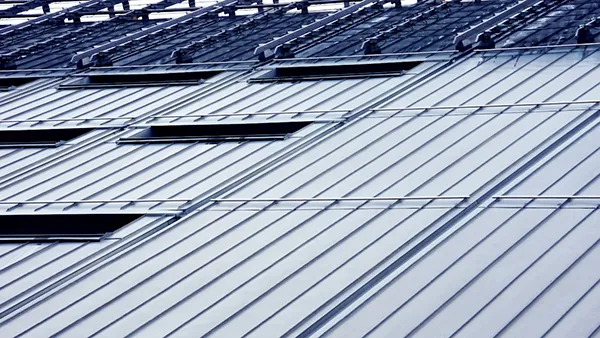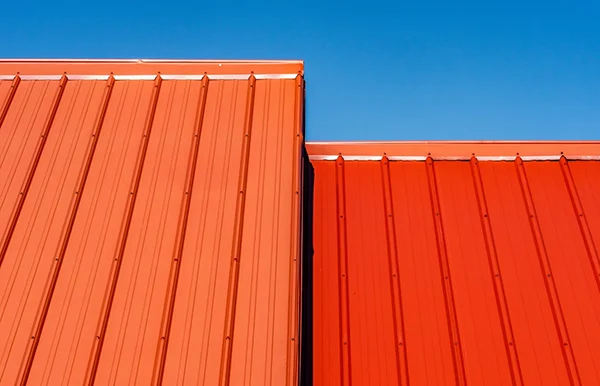
Metal roofs are known for their long lifespan, energy efficiency, and strong resistance to the elements. Still, regular maintenance is the key to making sure they reach their full potential. When well cared for, a metal roof can last 40 to 70 years or more, depending on the material and climate.
Keeping your roof in peak condition doesn’t have to be complicated or costly. A few smart practices can protect your investment, preserve curb appeal, and reduce the likelihood of unexpected repairs. Whether you live in a region prone to heavy rains, strong sun, or snow, these tips will help you get the most out of your metal roof.
Inspect the Roof Surface Twice a Year
One of the best ways to avoid major problems is to perform visual inspections in both spring and fall. Look for signs of loose fasteners, bent or lifted panels, and surface corrosion. Pay attention to seams and flashing around chimneys or vents, as these areas are more prone to developing leaks.
You don’t need to climb up on the roof unless you’re trained to do so safely. Many issues can be spotted from the ground with binoculars or during a drone flyover. Catching problems early allows you to make small repairs before they lead to larger structural issues or water damage.
Keep Gutters and Drains Clear
Water pooling at the edges of your metal roof can lead to corrosion, even with high-quality finishes. Clogged gutters and downspouts prevent proper drainage, which increases the risk of moisture damage and even ice dams in colder regions.
Check your gutters regularly for debris after storms or during the fall. Trim nearby trees so that leaves and branches don’t collect on the roof or in the drainage system. If water doesn’t flow away from your roof efficiently, it’s only a matter of time before problems start to appear.
Clean, functional gutters preserve both the roof and the exterior walls of your home, even more so when paired with a sloped metal system designed for optimal runoff.
Address Fastener and Sealant Wear
Screws and fasteners can loosen as a result of thermal expansion. As temperatures fluctuate, metal contracts and expands, which may slowly back out screws or strain sealants. With time, this can compromise water tightness.
During your inspection, check for fasteners that have lifted or gone missing. Sealants around roof penetrations should be supple, not cracked or dried out. If you spot issues and don’t feel confident tackling them yourself, speak with reliable metal roofing contractors who understand how to service your roof type without damaging the panels or voiding warranties. Their expertise ensures that repairs are handled precisely and safely.
A minor adjustment today can prevent costly fixes in the future, and professional assistance can help extend the roof’s effective lifespan.
Remove Debris and Surface Contaminants
Leaves, branches, and dirt may collect on the roof’s surface or in valleys. While it might seem harmless, organic material holds moisture, which can slowly eat away at protective coatings and encourage mold growth.
Clear away debris as soon as you notice it in areas where panels overlap. Washing your roof occasionally with water and a mild soap solution will remove contaminants like pollen or bird droppings that can damage the surface if left for long periods.
Avoid using abrasive tools or harsh chemicals. Gentle cleaning preserves appearance and safeguards the reflective and corrosion-resistant properties that make metal roofing attractive in the first place.

A metal roof delivers outstanding value and performance when properly maintained. With routine inspections, good drainage, timely fastener checks, and surface cleaning, your roof will protect your home for decades. Treating maintenance as a habit rather than a chore keeps small issues from becoming expensive ones and allows you to enjoy the durability and efficiency that metal roofing is known for.

